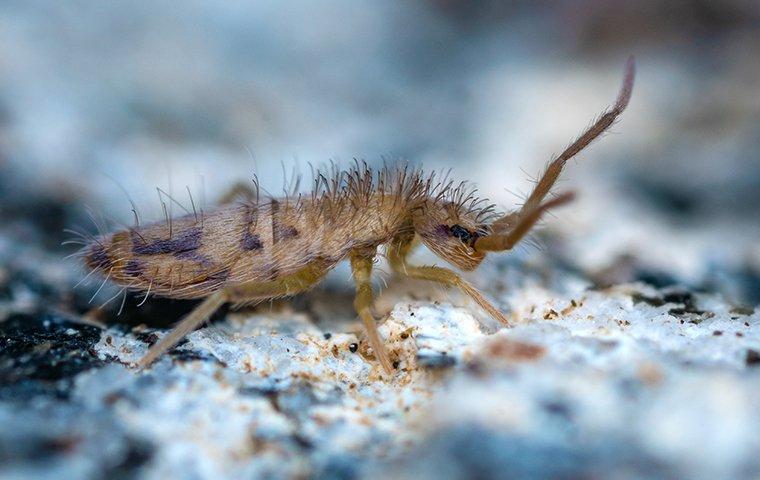Springtails are curious little critters. In northern state they are often called snow fleas because these insects remain active even during the winter months. It is not uncommon to find them springing around onto snow and ice. But these insects aren't fleas at all. They're something altogether different. Here's what every Brentwood resident should know about springtails.
Why It Is Good That Springtails Aren't Fleas
When fleas get into your home, they're miserable to have around. They don't just bite your pets; they can also bite you. The wounds they leave on your skin are itchy and irritating. Fortunately, springtails don't bite. They're also not associated with the spread of diseases. Apart from being annoying, springtails aren't much of a problem at all.
How To Tell The Difference Between Fleas And Springtails
Fleas and springtails are both tiny insects that spring through the air. How can you tell one from the other? Since they're so tiny, one of the best ways to distinguish them is to consider their behavior.
-
On the inside of your home, springtails will be found in humid spaces, such as your bathroom or basement. Fleas can be found anywhere. They don't require humidity or damp conditions in order to survive.
-
Springtails will prefer to be near potted plants. Fleas have no interest in potted plants.
-
On the outside of your home, springtails can be active in large numbers. You're not likely to find a large number of active fleas outside. This is because fleas stay cocooned until a suitable host comes near. They don't typically hop around outside.
-
You won't find springtails crawling around in the fur of your pet unless your pet laid down on a group of them. If so, the springtails are likely to want to get off. They won't disappear into the fur when you discover them, the way fleas do.
Visual Identification
-
A springtail is black in coloration, 1/16 of an inch long, and has noticeable antennae.
-
A flea is reddish-brown in coloration and ranges from 1/12 to ⅙ of an inch in length, depending on the species, and it has antennae that are not noticeable.
Springtail Control Tips
Once you've determined that you have springtails, the next step is to consider control options. In many cases, you can easily deal with a springtail infestation.
-
Use a vacuum to suck up any springtails that are in your home, and dispose of the bag outside.
-
Address leaks or plumbing issues on the interior of your home.
-
Seal gaps, cracks, or holes in your exterior. Pay particular attention to areas of rotted wood.
-
Remove leaf litter, branches, wood piles, and other organic matter near your exterior.
-
Address clogged gutters and other conditions that create dampness near your exterior walls.
This multi-pronged approach can naturally work to arrest a springtail problem. If you have a large infestation, or springtails are infesting a location that is difficult to get into with your vacuum, they could continue to annoy you. If so, keep in mind that the service team here at All-American Pest Control would be happy to help. We can send one of our service team members over to diagnose the problem and give you a solution.
If You Don't Have A Springtail Infestation Yet
Keep in mind that the best way to keep common household pests out of your Brentwood home is to invest in Perimeter Plus Pest Control. Our Perimeter Plus program provides coverage for over 47 of Tennessee's most common household pests, including springtails. We'd love the opportunity to tell you about the many benefits that come with this exterior pest service. Reach out to us today.
 1270 Reviews
1270 Reviews


